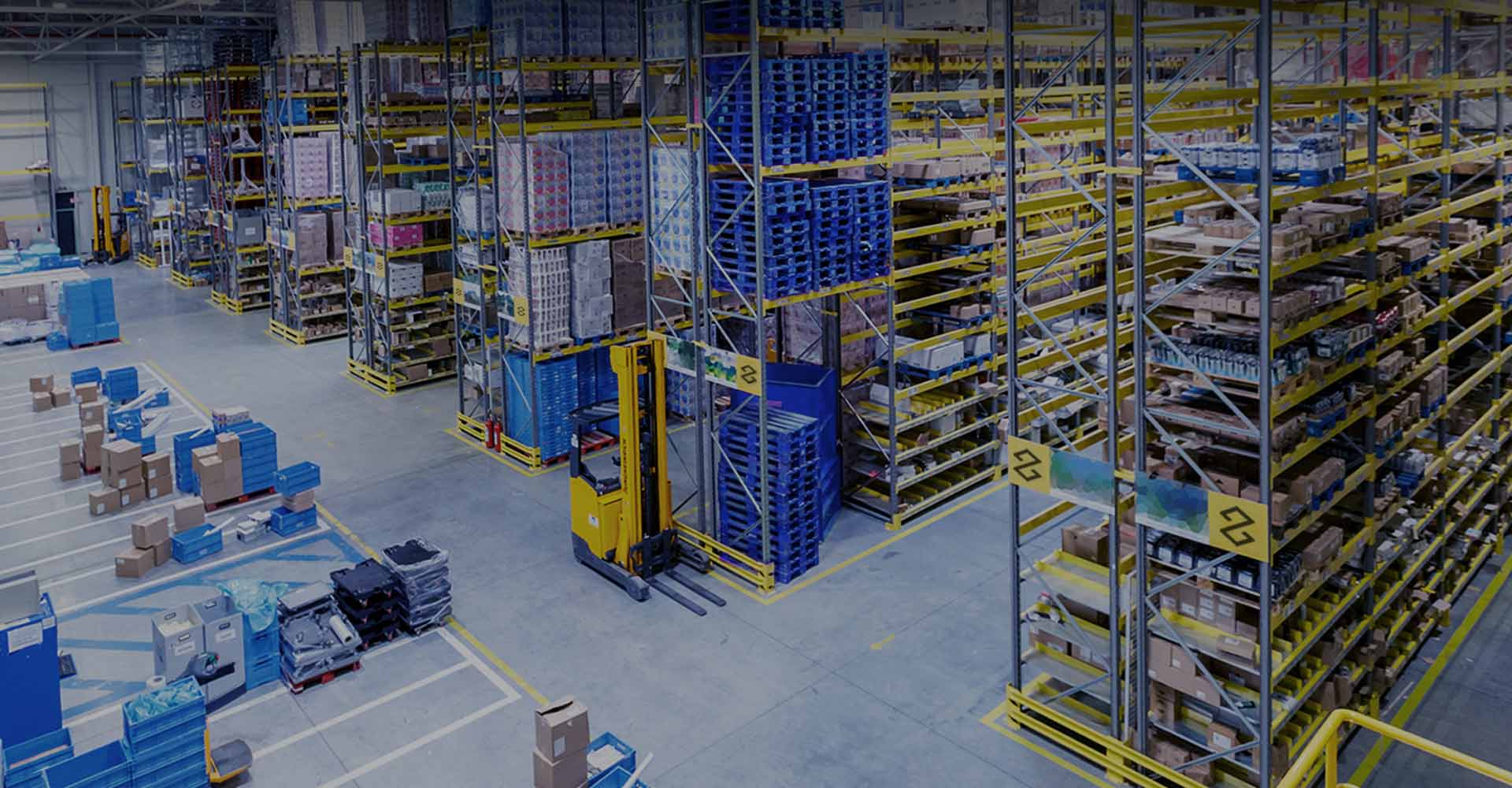When expanding your online business, you will reach various barriers to growth. These hurdles could be to do with acquiring and retaining new customers, developing your product range, or could be operational. In this article, we will cover how optimising your picking, packing, storage, and distribution can help you minimise overheads, and maximise customer experience. This could be either performed in-house, or via a third-party logistics provider (3PL).
What is a 3PL?
A 3PL is a specialist warehousing and technology company that stores and distributes finished goods, on behalf of retailers and brands. While start-up businesses will typically ship their products directly to their customers, via couriers, many will reach a point at which they need to entrust a third-party to manage these business processes on their behalf, as a white label service.
How does order fulfilment work?
Ecommerce logistics begins with the integration setup, ensuring that your sales channels (such as eBay, Amazon and Magento), and/or OMS (order management system), are synchronised with the fulfilment centre’s WMS (warehouse management system). The next step is to instruct your supplier(s) to ship your goods directly to the fulfilment centre, in bulk – either by the pallet load or in containers, on an ongoing, ‘business-as-usual’ basis. Then, the 3PL’s ‘goods-in’ team will receive your products, and distribute them throughout the warehouse, to specific picking locations. When orders start being fed into the 3PL’s WMS, this generates a picking note, instructing the picking team to collect the product, ready for packing, and the application of a shipping label. Once the shipping label is created, this will trigger a courier tracking notification, which is sent from WMS, to your sales channels, and onto the customer.
Due to recent increased competition amongst fulfilment centres, 3PLs have diversified their service offerings. This means fulfilment centres now provide ‘value-added services’, reaching deeper into the supply chain, such as outsourced customer service, customs clearance, bespoke packaging, and inventory analysis dashboards.
Things to check when looking for a fulfilment house
The first thing to consider, is that most fulfilment centres aren’t geared up towards start-up businesses. This is because there is an element of commitment, and risk, involved, in a 3PL entrusting a retailer with warehouse space; the 3PL needs to know that they are going to get regular daily orders, to overcome the costs of doing business, such as overheads. While some 3PLs demand a minimum of 10 daily orders, many expect at least 300 overage orders per day, and minimum contract terms of six months.
Once you have found a fulfilment centre that can deal with your order volumes, it’s sensible to check which sales channels they are experienced with, their client feedback, and even their clients’ consumer feedback.
The different types of order fulfilment
Ecommerce fulfilment varies, in terms of levels of involvement, and the insourced vs outsourced approach. These are termed as first, all the way up to fifth-party fulfilment:
- First-party logistics (1PL) is when a retailer delivers their goods with their own vehicles, or in-person. While many start-ups adopt this approach, 1PLs are also utilised by major high-street brands, such as Currys, who have their own in-house delivery infrastructure.
- The most popular order processing method for start-ups, Second-party logistics (2PL) is when a retailer works with a courier directly (such as DHL, FedEx, Royal Mail), or a courier aggregator, to deliver finished goods to consumers.
- Third-party logistics (3PL) is when the storage, picking, packing, distribution, and other value-added services, are taken care of by a specialist.
- Fourth-party logistics (4PL) providers work as the sole interface between a retailer, and multiple logistics firms, usually a mix of 3PL and 2PL. 4PLs also reach deeper into the supply chain, and can deal directly with your manufacturers, carrying out intralogistics, such as the movement of raw materials between premises, from suppliers to manufacturing facilities, along with transporting your finished goods to reseller partners.
- Fifth-party logistics (5PL) companies usually coordinate multiple 4PLs and 3PLs across different regions, and will offer the deepest level of involvement, negotiating 2PL, 3PL, and 4PL supplier relationships on a retailer’s, or brand’s behalf. 5PLs will formulate supply chain strategies, monitor supply chain analytics.
Fulfilment pricing and contracts
3PLs will differ in terms of their minimum monthly spend, and some offer later order cut-off times than others. Some fulfilment houses provide weekend dispatching, and partner with multiple carriers. Payment terms may differ, something to consider as start-up businesses will typically struggle with cashflow. Increasingly, UK fulfilment providers are aligning with EU-based fulfilment centres, helping streamline, or even negate, the customs clearance process. Additional fees can include shipping (variable by speed and in-flight delivery options), along with picking fees, goods-in charges, packaging, and returns costs. Contract terms will differ, and most 3PLs will also charge for storage, based on pallet space (cubic volume), and pick face (a shelving warehouse zone where products are stored, prior to being picked for orders).
Ecommerce fulfilment case study: Cheeky Panda
Cheeky Panda is an online retailer of bamboo toilet paper, via one-off, and subscription purchases. When they decided to start selling their products online, they reached barriers to growth and searched for a suitable 3PL provider.
Marco Crociani – Operations & Logistics Lead – explains why the company chose to outsource fulfilment: “At the time, implementing an in-house fulfilment solution would have been complicated, time-consuming, and expensive. I’m not even sure that we’d have the financial capability to make that sort of investment now, especially when you consider all the elements that go into it – building a warehouse, recruiting dedicated staff, and developing the relevant processes. Partnering with a 3PL fulfilment provider was definitely the best solution for The Cheeky Panda. “There were several factors that influenced our decision to work with a 3PL. Firstly, the service from is flexible. Secondly, 3PLs use cutting-edge technology and provides access to inventory analysis, which is simple and easy to use. The fact that our 3PL integrates with Shopify is also great. Lastly, our 3PL offers a service that’s competitively-priced.”

Pictured: Julie Chen and Chris Forbes, Co-Founders of Cheeky Panda
The future of third-party logistics
The eCommerce fulfilment services market is predicted to nearly triple in size by 2030. This is brought about by a rampant increase in online sales, and internet adoption in developing countries. Consumers of all age groups are becoming more comfortable will ordering online, and anticipate fast, sustainable parcel delivery, along with a plethora of in-flight delivery options. With the majority of negative reviews related to the post-checkout customer experience, getting fulfilment right could be the difference between business success, and failure.

